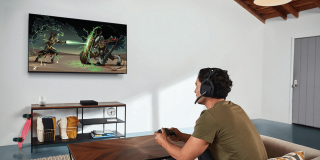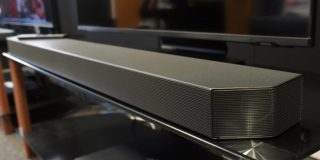How to Decide What You Need Out of a Gaming TV
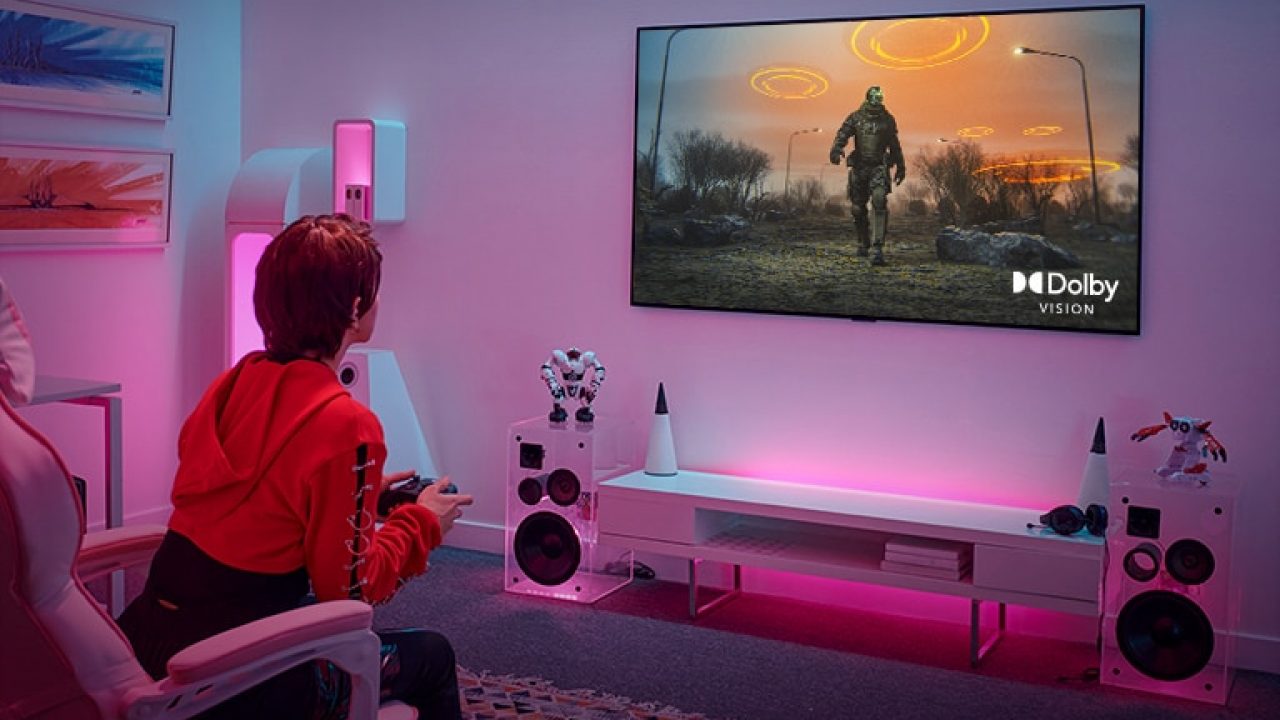
While gaming monitors are mainly designed for desktop setups, gaming TVs are larger and should be placed further away from the user for peak console experience. Gaming TVs are now capable of competing with monitors as the technology improves. Many now come with features previously only found on monitors.
However, how do you look for the perfect gaming TV? There are so many models out there it can be a little overwhelming to try and decide between them.
Features to Consider
Below, you can find more standard features that many gaming TVs have. These tend to be essential when choosing a product, so your chosen TV should have them.
Initially, gaming TVs tended just to have high resolutions and framerates. However, these aren’t enough anymore. You’ll need the functions below if you want to play games of higher quality.
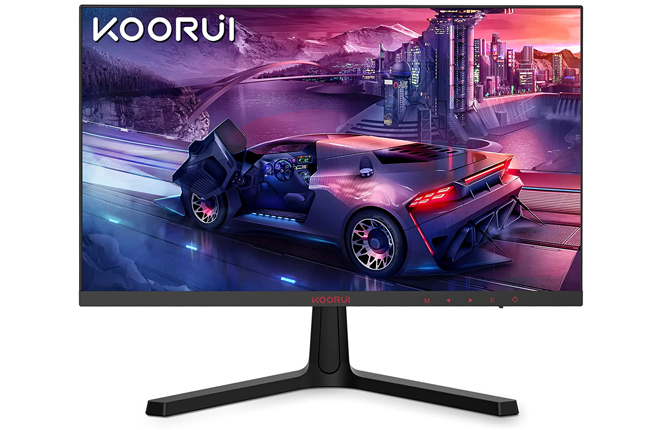
HDR
High Dynamic Range lets gaming TVs show acute differences between your screen’s brightest and darkest parts. This way, you can notice more details despite how dark or bright a specific spot is. For some games that rely on lighting, you’ll struggle less to pick up fine details in shadows.
HDR can also improve color reproduction. A richer palette of colors on the screen lets gamers appreciate the developer’s artistic vision better. When enabled, your games look remarkably different.
There are different HDR standards too. HDR10 is very common, but others like Dolby Vision HDR and HDR10+ are superior and can improve your image even more. However, gaming TVs rarely support more than one standard.
Not all HDR TVs are the same either. Some excel in dark scenes, and others are better at showing off whites and colors. It will depend on the model. Sometimes, games also don’t support HDR very well, but that’s not your TV’s fault.

HGiG Certification
If your gaming TV has HGiG certification, you can rest easy. The HDR Gaming Interest Group consists of Sony, Microsoft, and other TV makers. These parties all share information to allow gaming TVs to support HDR in certain games. When possible, the game will use optimal HDR settings.
While HGiG TVs aren’t foolproof, they do help with specific titles. Until more games comply with the group’s requirements and standards, it’s more of a nice-to-have than anything.
Latency
The lower your gaming TV’s latency, the more responsive it feels to play games on. You can also find this labeled “input lag” because that is the time it takes for an image to register your inputs. TVs suffered from immense input lag for a long time, which discouraged gamers from using them if they wanted to play competitively.
With technological advances, many gaming TVs now have a “Game Mode” or similar function. When enabled, it reduces the latency to playable levels. Many models start around 5ms of input lag, but Game Mode helps reduce it somewhat.
In contrast, a powerful gaming monitor can go down to 1ms, the absolute fastest time. Gaming TVs are always slower, and no amount of Game Mode can mitigate that.
Some gaming TVs also have automatic Game Mode functionality. This allows it to automatically switch to Game Mode when you launch a game. Game Mode can mess with watching movies or videos, so the TV will disable it when you’re doing something else.
When buying a gaming TV, try to look for low latency and Game Mode support. That will allow you to play with less input delay.
Refresh Rates
Today, high refresh rate gaming is becoming more accessible, especially with the PS5 and Xbox Series X. These consoles can reach 120 Hz, and PC games can go even further if your gaming rig is powerful enough.
The higher the number, the more images are shown to your eyes in a second. This results in a smoother video which improves gameplay realism and fluidity.
A good gaming TV will automatically support high refresh rates without prompting, though sometimes, incompatibility with consoles can cause issues. Nevertheless, it’s not a grave issue and can be fixed.
We recommend reaching at least 120 Hz for a gaming TV, considering the powerful capabilities of current-generation consoles. 60 Hz is now, slowly, becoming inadequate.
The gaming TV should also have HDMI 2.1. With it, you can play games at 120 Hz at 4K. This is the ideal experience.
Faster is always better when you own a gaming PC, but stopping at 120 Hz is the best for console gamers. If you own both, then buy whatever refresh rate you like.
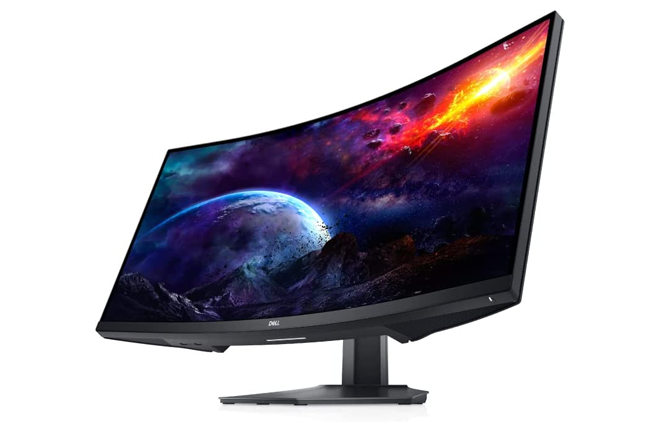
Resolution
Getting a 4K gaming TV is the better choice for today’s standards. You can play PS5 and Xbox Series X games at intended resolutions. 4K TVs are also becoming much cheaper, so purchasing a good 4K gaming TV is possible with some budgeting.
4K120 is the golden standard for today, but if you’re not planning to go there, 1080p is the industry minimum. We do recommend a refresh rate higher than 60 Hz in this case. If your GPU is strong enough, you can even play games at 1080p with 240 FPS, but that takes a powerful card.
Sync Technologies
Gaming monitors have already had G-Sync or FreeSync for a while, but gaming TVs are only recently getting these features. Screen tearing may occur if the screen’s refresh rate and the GPU’s output frame rate aren’t the same. It results in a horizontal split in the image, so things appear skewed and unnatural.
Tearing can also happen if your rendered frame rate is too low, but at this point, you’re more bothered by stuttering than the tearing.
When you enable G-Sync, FreeSync, or any comparable feature, screen tearing is prevented, and you get a consistent picture. Unfortunately, not many gaming TVs come with this feature, and they tend to hike up the price immensely. Expensive as it can be, you may have no choice if your games are intensive to run.
Smart TV or No?
Gaming TVs can also double as smart TVs. You can both play games and watch YouTube videos on the same screen as a result. These TVs are easily controlled and will support both modes seamlessly.
Does your gaming TV need to be like this? The answer is no; not everyone requires native Netflix and Hulu support. If you’re only playing games, the smart TV system is just a waste of space. It remains a good feature for those who want it, however.
Audio
Audio isn’t the most critical factor when it comes to gaming TVs. Serious players typically use headphones, which offer a better experience than a soundbar. The integrated audio is usually not great for gaming. The next best thing is to get a soundbar.
Those gaming TVs with Dolby Atmos or something similar can take advantage of surround sound systems, so you may enjoy a cinematic audio experience more when gaming. This is up to the owner, so you’re not always missing out.
Pricing
It would be best if you tried to save some money when looking for a solid gaming TV as you likely won’t need every feature under the sun. Sadly, you get more of your money’s worth with a gaming monitor than with a TV. That’s not to say gaming TVs aren’t worth getting, but you do lose out on some things.
Comfort
Gaming TVs do work well for playing farther away on the couch, supporting wider viewing angles that aren’t ordinarily ideal. That means you don’t have to be directly in front of the TV. When playing with friends, they also won’t get eye fatigue as easily.
The panel your gaming TV has will affect the comfort factor. IPS panels are more expensive, but their image quality is much better than a VA panel. The latter will usually result in poor images when viewing them from the side. What’s more, if you’re closer to a VA panel, you can also feel as if the picture is unclear because VA panels have a narrow viewing angle.
In contrast, IPS TVs can make for excellent ultrawide TVs. They suffer from black uniformity and contrast, however.
When buying a TV, size will affect the distance at which you should sit away from it. Those measuring 55 inches will be best if you’re 3.5 feet away. The larger your TV is, the farther you should be from it. Another example is 75 inches, where you should be at least 4.6 feet away. Leave a bit more room in case the resulting image is a bit too harsh on the eyes.
By sitting at the optimum distance, your eyes won’t be able to discern individual pixels, and you’ll have less eye fatigue.
Tough Choice
Many factors influence homeowners as to which gaming TV they should buy. The visual aspects are always the most important ones, but there are also other things to consider. For example, debating between a smart TV or standard gaming TV can be crucial for some users.
Despite this, you can still get what you’re looking for. There are many excellent gaming TVs available. With some research, buying the ideal one is possible.






